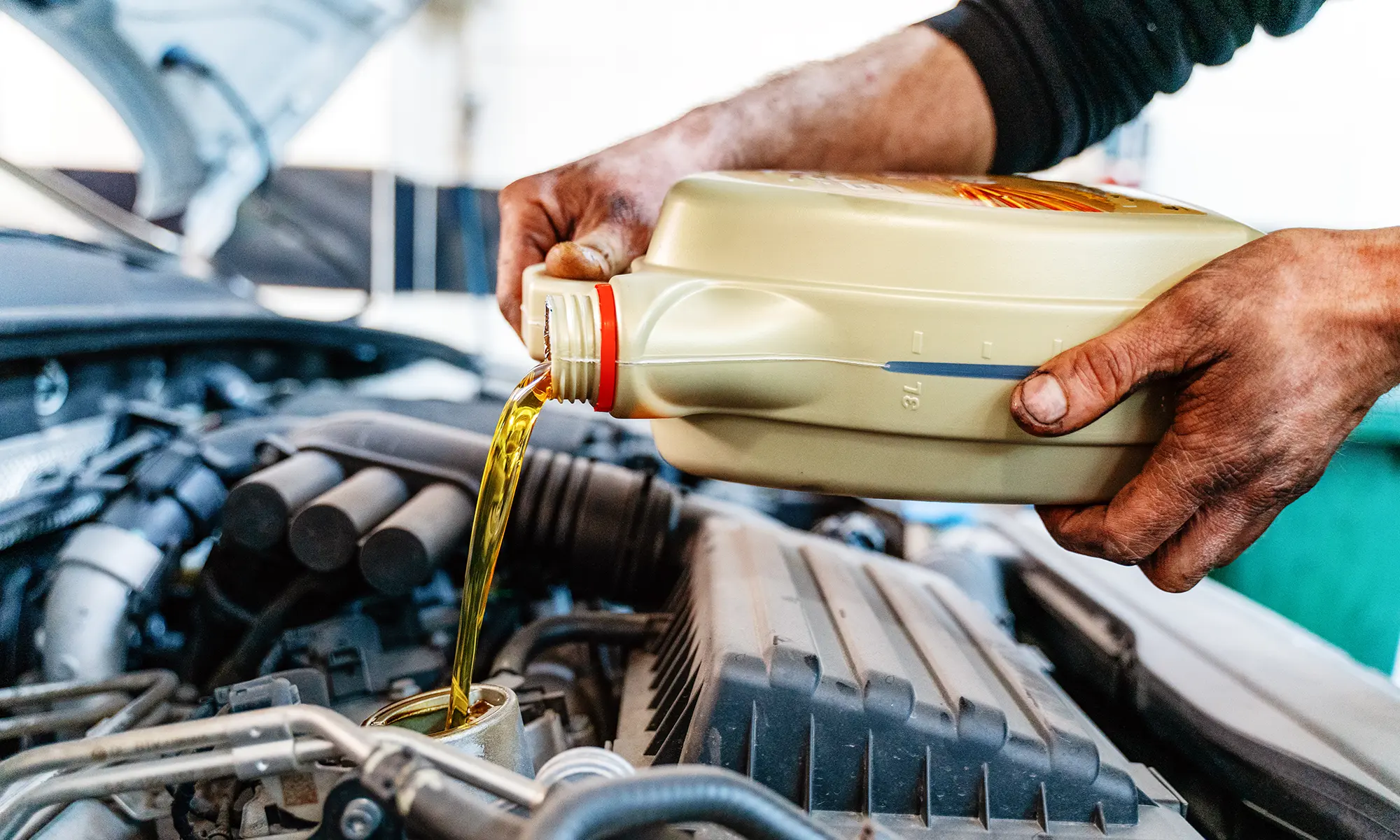
Maintaining a vehicle involves several routine tasks, but one of the most critical is the regular oil change. This essential maintenance step is often overlooked, yet it plays a vital role in ensuring the longevity and efficiency of your car. In this article, we will explore the importance of regular oil changes, the benefits they bring, and how neglecting this simple task can lead to significant issues down the line. By understanding these factors, you can make informed decisions about your vehicle’s maintenance and keep it running smoothly for years to come.
What is an Oil Change?
An oil change is the process of removing old, dirty oil from your engine and replacing it with fresh, clean oil. The oil in your engine serves several crucial functions, including lubricating moving parts, reducing friction, and removing heat from the engine. Over time, oil breaks down and becomes contaminated with dirt, debris, and engine byproducts, making it less effective at performing these functions.
Why is Regular Oil Changing Important?
Regular oil changes are vital for maintaining your vehicle’s performance and extending its lifespan. Here are some reasons why this routine task is so important:
1. Lubrication of Engine Parts
The primary role of engine oil is to lubricate the moving parts of the engine. Without adequate lubrication, these parts can rub against each other, causing excessive wear and tear. Over time, this can lead to significant damage and even engine failure. Regular oil changes ensure that your engine parts are well-lubricated and protected.
2. Cooling the Engine
Engine oil helps to dissipate heat generated by the engine. As oil circulates through the engine, it absorbs heat and carries it away from the moving parts. However, as oil ages, it becomes less effective at heat dissipation. Regular oil changes help maintain optimal engine temperatures, preventing overheating and potential damage.
3. Cleaning the Engine
Engine oil also acts as a cleaning agent. It picks up dirt, debris, and other contaminants, preventing them from accumulating in the engine. Over time, these contaminants can form sludge, which can clog the engine and reduce its efficiency. Changing your oil regularly removes these contaminants, keeping your engine clean and running smoothly.
4. Improving Fuel Efficiency
Clean oil reduces friction between engine parts, allowing the engine to operate more efficiently. When oil is dirty or degraded, it increases friction, which can reduce fuel efficiency. Regular oil changes help maintain optimal engine performance, improving your vehicle’s fuel economy.
5. Extending Engine Lifespan
Regular oil changes can significantly extend the lifespan of your engine. By keeping the engine clean and well-lubricated, you reduce the risk of wear and tear, overheating, and other issues that can lead to engine failure. This not only saves you money on costly repairs but also helps you get the most out of your vehicle.
How Often Should You Change Your Oil?
The frequency of oil changes depends on several factors, including the type of oil you use, your driving habits, and the manufacturer’s recommendations. Generally, it is recommended to change your oil every 3,000 to 5,000 miles or every three to six months, whichever comes first. However, some modern vehicles and synthetic oils can extend this interval to 7,500 or even 10,000 miles. Always refer to your vehicle’s owner’s manual for specific recommendations.
Signs That Your Car Needs an Oil Change
Even if you follow the recommended oil change intervals, it’s important to be aware of the signs that your car might need an oil change sooner. These include:
1. Dark or Dirty Oil
Fresh oil has a clear, amber color. As it gets used, it becomes darker and dirtier. If you check your oil and notice that it is dark or has particles in it, it’s time for a change.
2. Engine Noise
Oil lubricates the engine parts and reduces friction. If the oil level is low or the oil is dirty, you might hear unusual engine noises such as knocking or rumbling. These noises indicate that the engine parts are not properly lubricated and could be at risk of damage.
3. Oil Change Light or Check Engine Light
Many modern vehicles have an oil change light that comes on when it’s time to change the oil. Additionally, the check engine light might come on if there are issues related to the oil. Don’t ignore these warning lights, as they indicate that your car needs immediate attention.
4. Exhaust Smoke
While some exhaust vapor is normal, especially in cold weather, excessive exhaust smoke can be a sign that your oil is dirty or low. This can indicate that the oil is not providing adequate lubrication or that there is an issue with the engine.
5. Oil Smell Inside the Car
If you smell oil inside your car, it could be a sign of an oil leak or that the oil is burning. This is a serious issue that requires immediate attention to prevent further damage.
Different Types of Engine Oil
Choosing the right engine oil for your vehicle is crucial for maintaining its performance and longevity. Here are the main types of engine oil available:
1. Conventional Oil
Conventional oil is the most common type of engine oil and is suitable for most vehicles. It is derived from crude oil and provides adequate lubrication and protection for everyday driving conditions.
2. Synthetic Oil
Synthetic oil is chemically engineered to provide superior performance and protection. It offers better lubrication, higher resistance to breakdown, and improved performance in extreme temperatures. Synthetic oil is ideal for high-performance vehicles or those driven in extreme conditions.
3. Synthetic Blend Oil
Synthetic blend oil is a mixture of conventional and synthetic oils. It offers some of the benefits of synthetic oil, such as better performance and protection, at a lower cost. This type of oil is suitable for drivers who want enhanced performance without the higher price tag of full synthetic oil.
4. High-Mileage Oil
High-mileage oil is specially formulated for vehicles with over 75,000 miles. It contains additives that help reduce oil consumption, minimize leaks, and reduce wear on engine parts. This type of oil is ideal for older vehicles or those with high mileage.
The Process of Changing Your Oil
Changing your oil is a straightforward process that you can do yourself or have done by a professional. Here’s a step-by-step guide to changing your oil:
1. Gather Your Supplies
You’ll need the following supplies:
- New oil (refer to your owner’s manual for the correct type and amount)
- New oil filter
- Oil filter wrench
- Oil drain pan
- Funnel
- Socket wrench
- Gloves
- Rags or paper towels
2. Prepare Your Vehicle
Park your vehicle on a level surface and let the engine cool down if it’s hot. Engage the parking brake and place wheel chocks behind the rear wheels for safety.
3. Drain the Old Oil
Locate the oil drain plug under your vehicle. Place the oil drain pan underneath and use a socket wrench to remove the drain plug. Allow the old oil to drain completely into the pan. Once drained, replace the drain plug and tighten it securely.
4. Replace the Oil Filter
Locate the oil filter and use an oil filter wrench to remove it. Be prepared for some oil to spill out when you remove the filter. Use a rag to clean the area where the new filter will be installed. Apply a small amount of new oil to the gasket of the new oil filter before installing it. Screw the new filter on by hand and tighten it securely.
5. Add New Oil
Remove the oil filler cap on top of your engine and insert a funnel. Pour the new oil into the engine, being careful not to overfill. Refer to your owner’s manual for the correct amount of oil. Once filled, replace the oil filler cap.
6. Check for Leaks
Start your engine and let it run for a few minutes. Check underneath your vehicle for any signs of leaks around the drain plug and oil filter. If you notice any leaks, tighten the respective components.
7. Dispose of Old Oil
Properly dispose of the old oil and oil filter at a recycling center or auto parts store that accepts used oil. Do not dispose of oil in the trash, down the drain, or on the ground, as it is harmful to the environment.
Benefits of Professional Oil Change Services
While changing your oil yourself can save money, there are benefits to having it done by a professional:
1. Expertise and Experience
Professional technicians have the expertise and experience to perform oil changes efficiently and correctly. They can identify potential issues and provide recommendations for additional maintenance if needed.
2. Convenience
Taking your vehicle to a professional for an oil change is convenient, especially if you don’t have the time or tools to do it yourself. Many service centers offer quick oil changes, allowing you to get back on the road quickly.
3. Comprehensive Inspection
During a professional oil change, technicians often perform a comprehensive inspection of your vehicle. This includes checking fluid levels, tire pressure, and other critical components, helping you maintain your vehicle’s overall health.
Conclusion
Regular oil changes are a simple yet crucial aspect of vehicle maintenance that should not be overlooked. By keeping your engine clean, well-lubricated, and running efficiently, you can extend the lifespan of your vehicle and avoid costly repairs. Whether you choose to change your oil yourself or rely on professional services, understanding the importance of regular oil changes and staying on top of this maintenance task will ensure that your vehicle remains in optimal condition for years to come. So, don’t wait for warning signs – make regular oil changes a priority and enjoy a smoother, more reliable driving experience.
To get best service for your car you can book a service at http://www.automovill.com and we’ll take care of everything else
